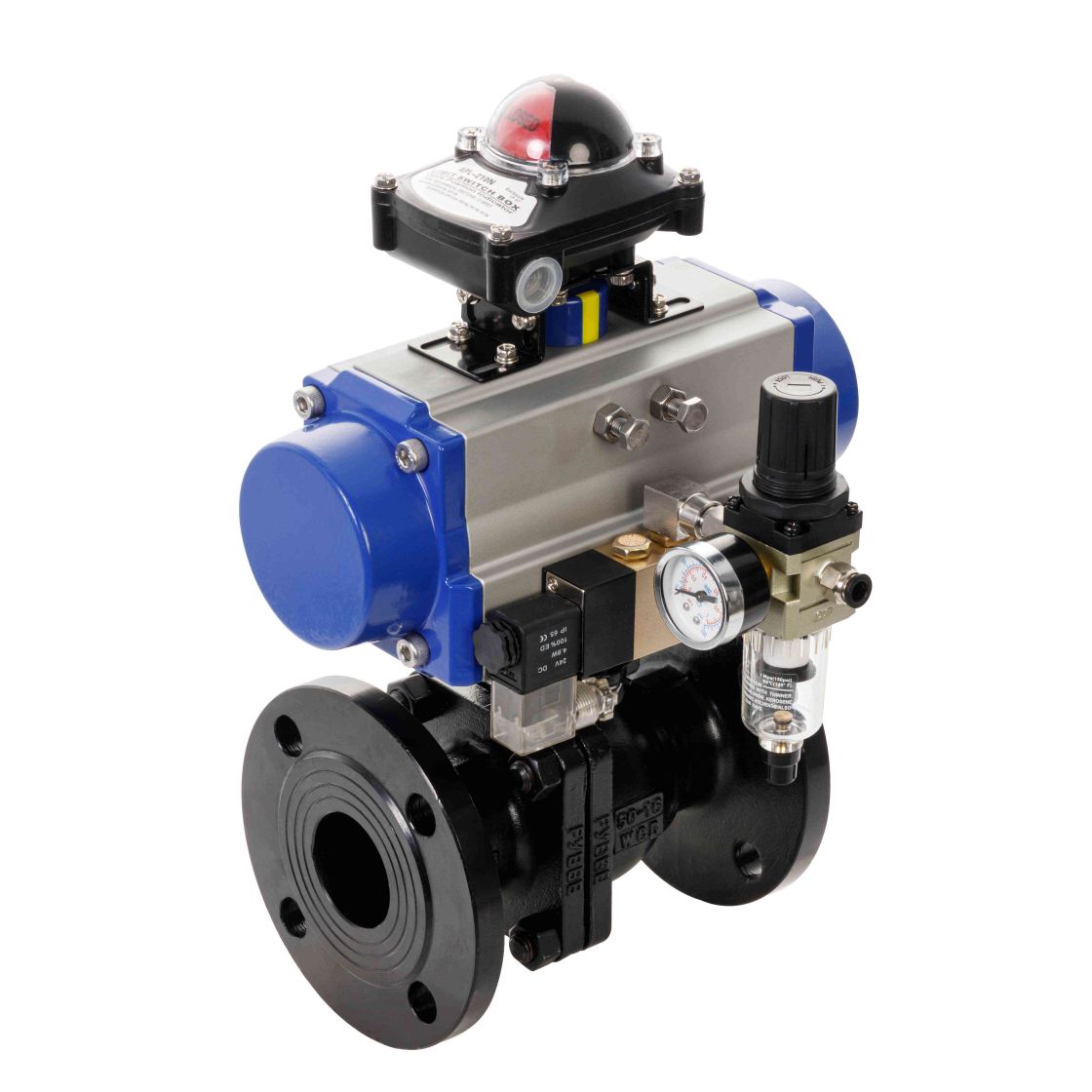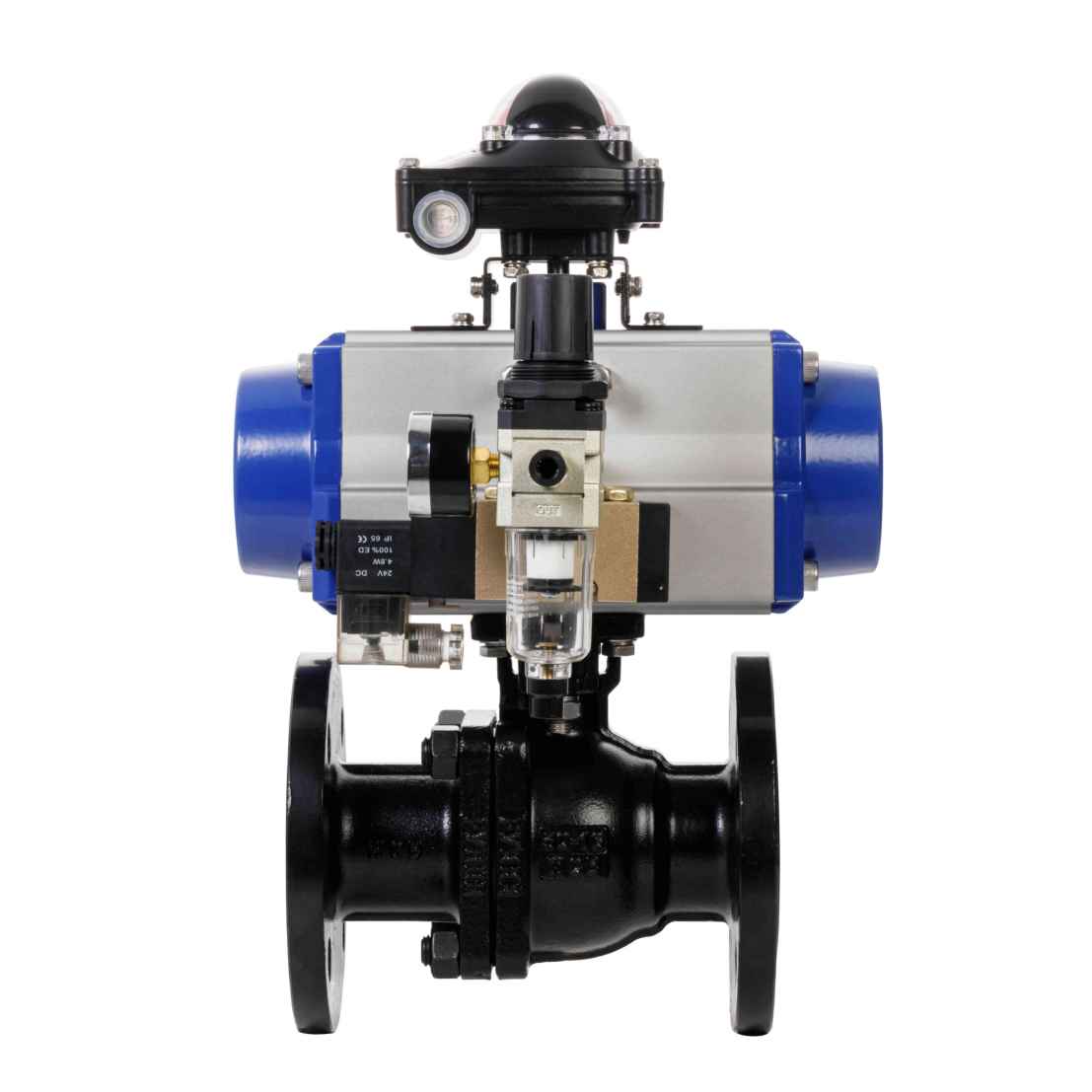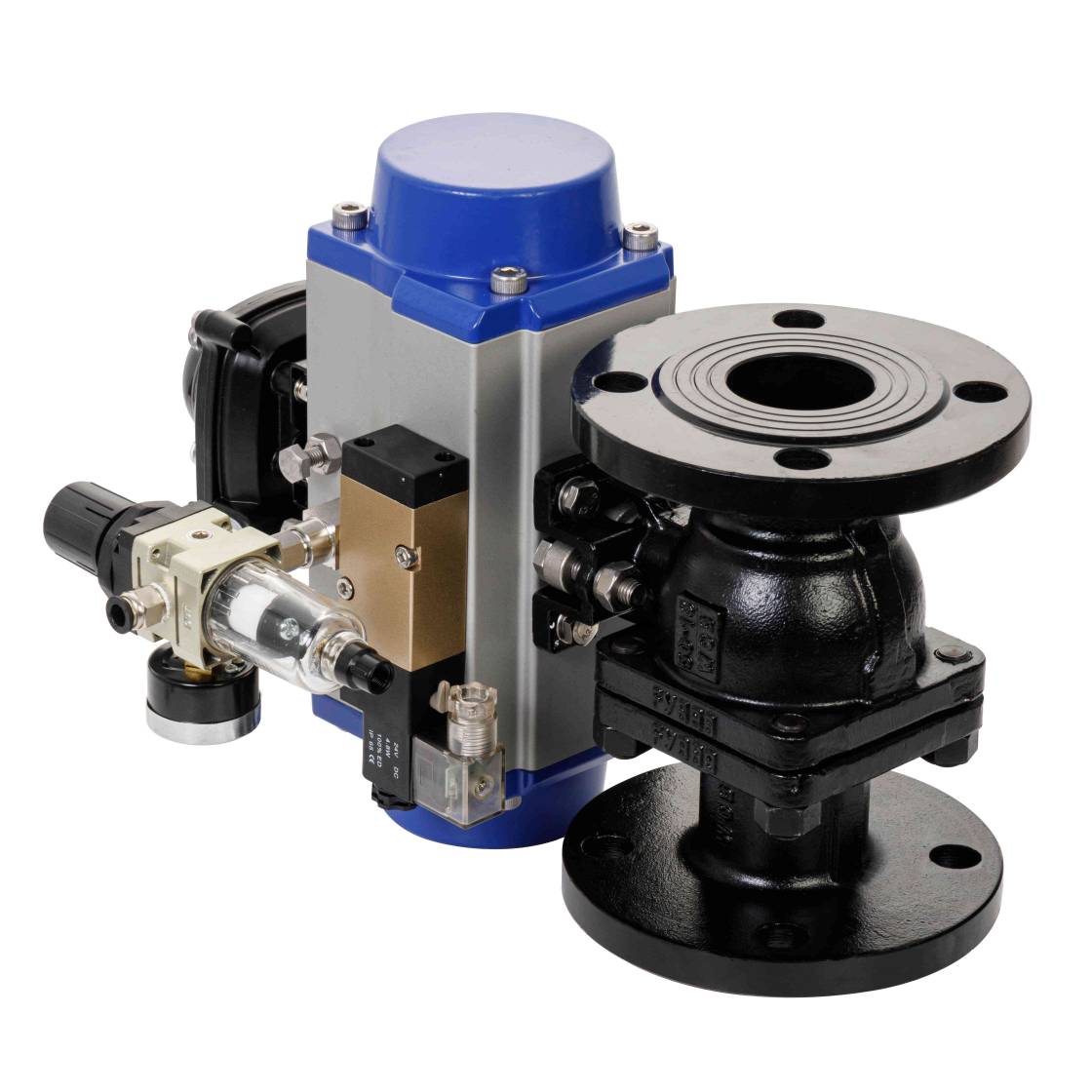
A pneumatic ball valve is an essential component widely used in various industrial applications. It is designed to regulate the flow of liquids, gases, or slurries by controlling the opening and closing of a ball inside the valve. Driven by compressed air, the pneumatic actuator controls the valve's movement, offering precise control over flow in a range of systems. In this article, we will explore the working principle, advantages, applications, and key features of pneumatic ball valves.

Working Principle of Pneumatic Ball Valves

